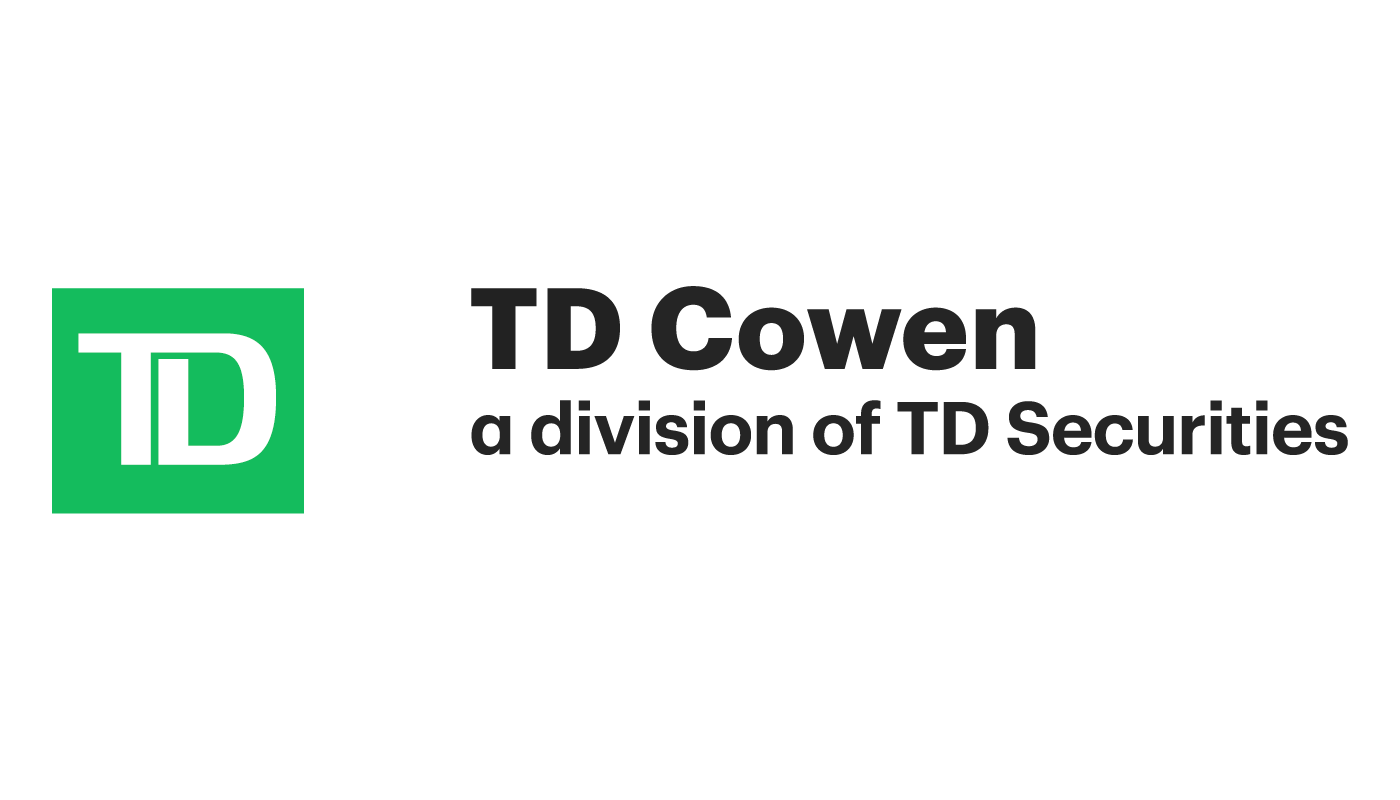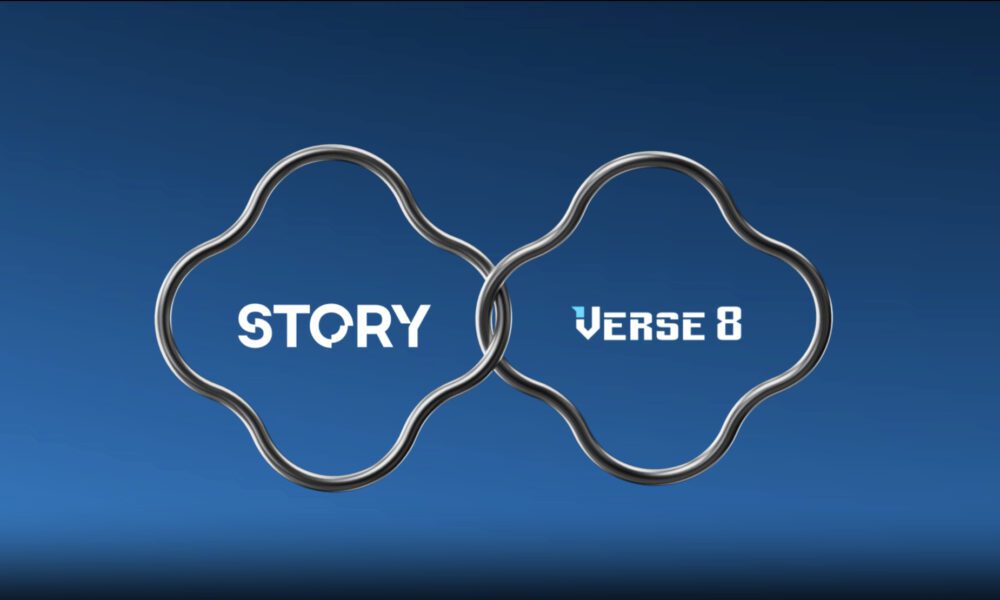The era of low mortgage rates is over. Embracing this reality will hasten your owning a house that meets your needs.
Low rates flourished for 11 years, as the 30-year mortgage remained below 5% from February 2011 to April 2022. Since then, it has remained mostly above 5%, averaging 6.72% in June in Freddie Mac’s weekly survey.
Some forecasters predict that rates will decline over the next 12 months. But they don’t foresee rates dropping below 5% anytime soon. If you want to buy a home, it’s tempting to be in denial that this is happening. But as you start to accept that we’re now in a time of higher rates, you can achieve closure (literally, when you close on the purchase of a home).
“People are still working through their five stages of grief on this mortgage rate stuff,” says Lisa Sturtevant, chief economist for Bright MLS, the real estate listing service for the mid-Atlantic region. “And I think you have to reach the stage of acceptance at some point that certainly rates aren’t going to come down to where we were back during 2020 and 2021.” (When the median 30-year rate was 2.99%.)
Forecasters predict a modest decline in rates
Let’s brighten that grim outlook by detailing how Fannie Mae, the Mortgage Bankers Association and the National Association of Realtors all forecast a gradual, moderate decline in mortgage rates through at least the first three months of 2024.
Those three organizations are not alone in their prediction that mortgage rates will go down, but no one expects rates to plunge back to where they were two years ago.
“I still think we’re going to see rates stabilizing and then moving slowly down this year and we’re going to end 2023 at 6%,” Sturtevant says.
Danielle Hale, chief economist for Realtor.com, said in an email that “our base expectation is that it will take until the end of this year or early next year before mortgage rates get back to 6%.”
A dissenting voice comes from Zillow, where senior economist Orphe Divounguy said by email, “Buyers should not count on any dramatic rate falls in the next few years.” Mortgage rates, he said, will end 2023 above 6%.
One takeaway from these forecasts: Sure, mortgage rates might drop a little. Maybe. If the forecasters are right. But if you hold out for dramatically lower rates, you’ll probably wait in vain. And if they do fall substantially after you buy, you can refinance.
Inflation is the wild card
What if you want to do your own research? Economists monitor tons of data when forecasting mortgage rates. But if you ask them what regular folks should keep an eye on, they reply as one: inflation.
According to Hale, “It’s not linked one-to-one with mortgage rates, but an easing in the pace of general price increases will help bring mortgage rates down for two reasons.”
For starters, diminished inflation will hasten the end of Federal Reserve rate increases. Second, lenders will “stop baking in a larger inflation premium into mortgage rates.” They do that “to account for the fact that future dollars that are used to pay back the investment aren’t as valuable,” Hale explained.
Most people gauge inflation by the price of gasoline and eggs. Your boss’s boss’s boss swears by the consumer price index. The monetary policymakers at the Federal Reserve rely on an inflation measurement called core PCE, for personal consumption expenditures. “Core” means that energy and food (gasoline and eggs) are stripped out because their prices are volatile.
The Fed’s goal is to keep core PCE around 2%, but it has been higher than 3% for more than two years. From January through April (the latest data available), core PCE was 4.6% or 4.7%. Core CPI has been higher but falling.
“As long as inflation eases, that’s the main factor that will bring our mortgage rate down,” says Nadia Evangelou, senior economist and director of real estate research for the National Association of Realtors.
But if inflation stays spitefully high, mortgage rates will remain elevated.
If you’re pining for 3% rates — they’re not coming back
Let’s say the Fed eventually succeeds in taming inflation to 2%. That will be worth celebrating, but it doesn’t necessarily mean mortgage rates will wander south of 5%.
The Mortgage Bankers Association forecasts the 30-year mortgage will dip below 5% toward the end of 2024, but Fannie Mae and the Realtors don’t predict rates will fall that far.
Do what makes you happy
It’s not realistic to put a home purchase on hold in the hope that mortgage rates will return to 2020 and 2021, when the 30-year mortgage held its breath under 4% the entire time. The median rate over the past 30 years is 5.77%. That’s the reality that we’ve returned to.
If you want to buy your first home, you’re probably going to pay well above 5% on a 30-year mortgage, and you’ll have to establish a budget with that in mind. If you’re a homeowner, you dread giving up your current low-rate mortgage and getting a higher-rate loan on the next house. That’s understandable, but as Miranda Lambert once sang, “there’s freedom in a broken heart.”
Whether you’re looking for a bigger place or a smaller home, or one better located for schools or your commute, you might end up satisfied — even after trading a low rate for a higher rate.







































